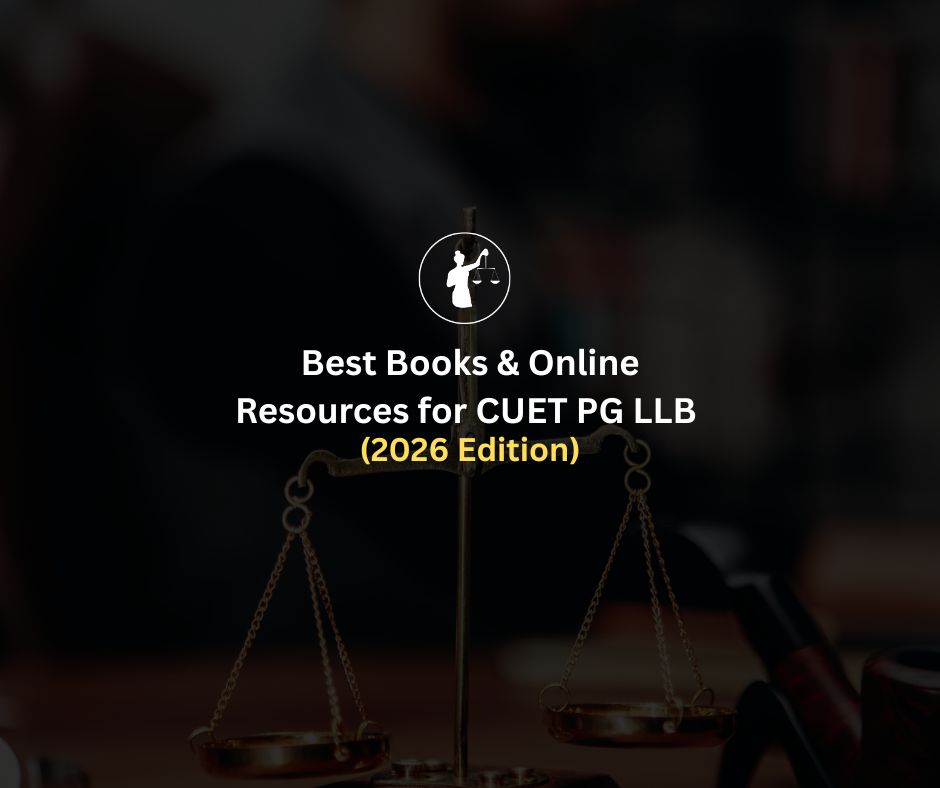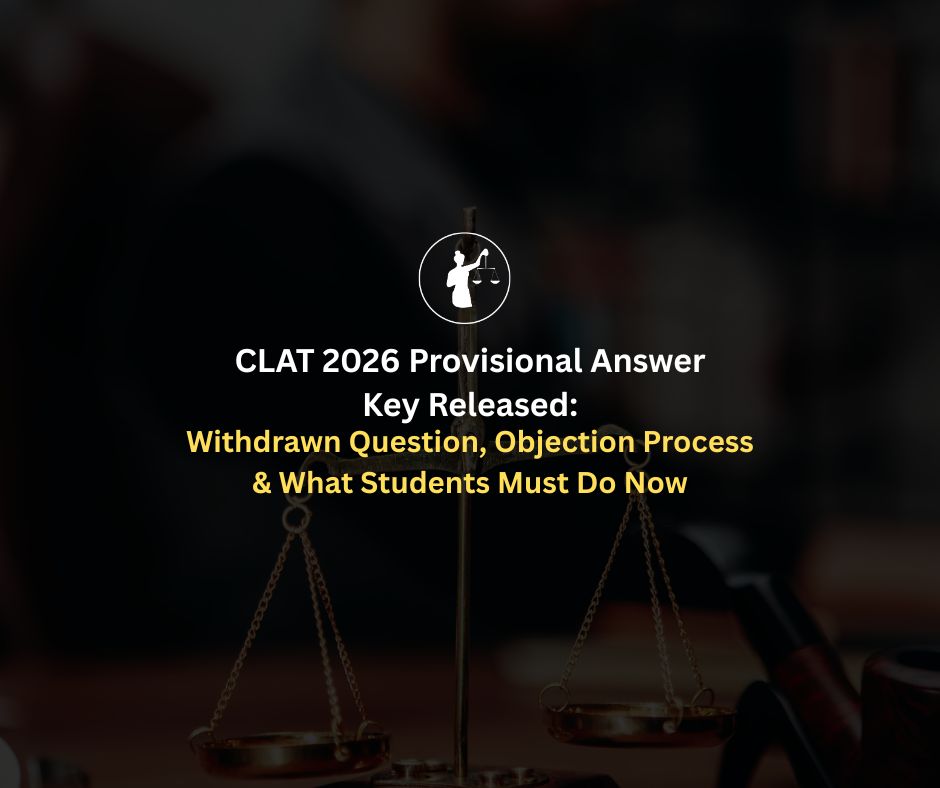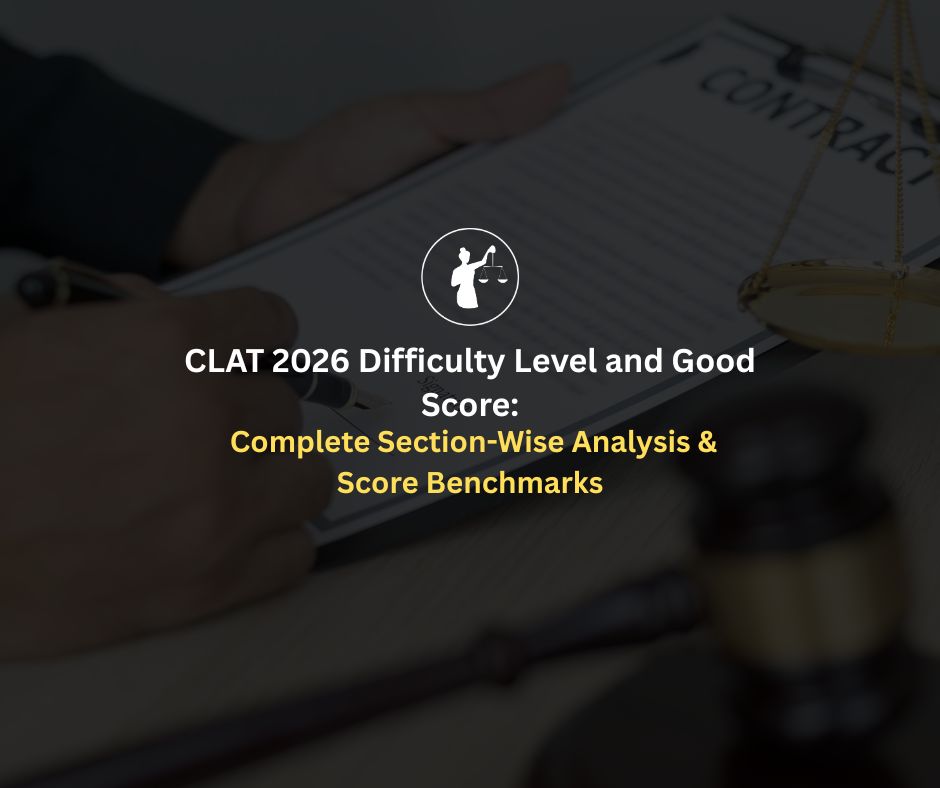The NLSAT 2025 (National Law School Admission Test) is scheduled to be held on 27th April, marking a crucial opportunity for aspirants aiming to secure admission into India's most prestigious law school, NLSIU Bengaluru. As the countdown enters its final phase, these last 10 days can make a significant difference in your performance.
( Note: Scroll Down and fill up the form for Free Mock Questions and Weekly Study Guides )
Whether you’ve been preparing for months or recently picked up pace, this final stretch is all about smart revision, strategic practice, and mental readiness. The goal now isn't to study everything again it’s to refine what you know, practice with purpose, and approach the exam with clarity and confidence.
Also Read: How To Prepare For NLSAT
In this blog, we’ll walk you through a practical 10-day strategy to help you revise key concepts, maximize mock test benefits, and enter the exam hall with a calm, focused mind. Let’s get you exam-ready the right way.
As the NLSAT 2025 exam approaches, understanding the paper structure is essential to refine your final preparation strategy. The exam is divided into two parts Part A (Objective) and Part B (Subjective) each assessing different abilities and requiring distinct preparation approaches.
Only candidates who clear Part A will have their Part B evaluated, making it important to strike a balance between speed, accuracy, and analytical depth.
Marking Scheme: +1 for correct, -0.25 for incorrect
Purpose: Screening round only top scorers proceed to Part B
Marking Scheme: No negative marking
Purpose: Final merit evaluation – only for those who clear Part A
Part A determines whether your Part B will even be checked. Hence, precision and speed are critical.
Part B is where your writing, reasoning, and legal aptitude are evaluated for final selection.
The last 10 days must be used wisely to balance mock practice, revision, and writing fluency across both sections.
Also Read: 10 Step Guide for NLSAT
Focus on revising the most important and high-weightage areas to build a solid foundation for both Part A and Part B of the NLSAT.
Legal Reasoning Basics
Understand how legal principles are applied to fact-based questions
Practice identifying relevant legal rules and distinguishing them from irrelevant information
Go through past legal aptitude questions to see patterns in how questions are framed
Reading Comprehension Strategies
Practice reading passages with time limits to improve speed and accuracy
Focus on identifying the central idea, tone, assumptions, and arguments in a passage
Revisit techniques like skimming, scanning, and critical reading
Key Current Affairs (Last 6 Months)
Revise major national and international events, especially those with legal or constitutional significance
Focus on topics like Supreme Court judgments, constitutional amendments, and policy changes
Revisit Notes, Concept Maps, and Summaries
Use your own handwritten notes or one-pagers for quick recall
Focus on clarity over quantity — revise what you already know well
Avoid new topics; instead, reinforce what you’ve studied consistently
Also Read: Comprehensive Guide to NLSAT Preparation for Beginners
This phase should be all about applying what you've revised. Focus on building exam stamina, improving accuracy, and refining your writing style. Practice under simulated exam conditions to train your mind and body for test day.
Take One Full-Length Mock Test Daily
Attempt the test at the exact time your actual exam is scheduled.
Sit in a quiet space, follow the time limits strictly, and avoid pausing midway.
Mimic the real exam environment to build focus and endurance.
Analyse Mistakes, Don’t Just Check Scores
Go through each question you got wrong or guessed in Part A and understand that you missed it.
For Part B, self-evaluate your answers: Were your arguments logical? Did your writing stay on topic?
Work on Time Management
For Part A, ensure you complete the section within 60–70 minutes.
Leave enough time for checking your answers and handling tougher questions last.
For Part B, practice answering short legal questions within 10–12 minutes each, and essays within 30–35 minutes.
Practice Essay Writing (Minimum 2 Essays)
Choose recent legal or social topics and write two complete essays.
Focus on structuring the essay: introduction, logical arguments, examples, and conclusion.
Also Read: NLSAT 2025: Syllabus, Exam Pattern, Eligibility & Preparation Guide
In this phase, you’ll fine-tune your preparation by focusing on areas where you have previously struggled, reinforcing important concepts, and honing your writing skills. This stage is all about quick revision, refining techniques, and ensuring that you’re exam-ready.
Revisit Previously Made Errors or Tricky Areas
Go back to the mistakes you made during your mock tests and note down why they happened.
Focus on the areas where you’ve struggled most, whether it’s logical reasoning, reading comprehension, or legal aptitude.
Go Through Important Legal Principles, Landmark Judgments, and GK Facts
Revisit key legal principles, such as those related to constitutional law, criminal law, and contract law.
Review landmark judgments that are frequently referenced in law exams.
Practice Framing Short Answers for Part B in a Time-Bound Manner
Set a timer for each short-answer question to simulate real exam conditions.
Practice structuring concise, well-thought-out answers with clear legal reasoning.
Effective time management is crucial to ensure that you can answer all questions without feeling rushed or stressed. Here are a few time-saving strategies for both parts of the NLSAT 2025:
For Part A (Objective):
Speed is key:
Aim to answer each multiple-choice question (MCQ) in no more than 1 minute. If you’re unsure about a question, move on and return to it later.
Tackle easy questions first:
Quickly answer the questions you are confident about to maximize your score, and then circle back to harder ones.
Eliminate wrong answers:
If you’re unsure about an option, eliminate at least one or two choices to increase your chances of guessing correctly.
For Part B (Subjective):
Time your short answers:
Allocate 10–12 minutes per short-answer question to ensure you don’t run out of time. Use bullet points or subheadings to keep answers concise and organized.
Essay Writing:
Set a strict 30–35-minute limit for the essay. Spend the first 5 minutes planning, the next 25 minutes writing, and the last 5 minutes reviewing and editing your essay.
Stay Confident:
Trust in the preparation you've done over the last few weeks. Confidence is crucial for performing well under pressure.
Avoid Panic:
If you don’t know the answer to a question, don’t panic. Take a deep breath, move on, and revisit it if time permits.
Handling Surprises:
Expect the unexpected. There might be a tricky question or an unfamiliar topic. Stay calm and apply your reasoning skills.
One of the advantages of Part B is that there is no negative marking. This means you should attempt every question without fear of losing marks for wrong answers.
Even if you’re unsure, try to write something relevant. A partially correct answer is better than leaving it blank.
If you’re looking to optimize your final 10 days of preparation and want expert guidance, NLSAT 2025 Coaching and Mentorship Test Series can be a game-changer. With personalized feedback, mock tests, and a structured study plan, we ensure you’re well-prepared for every challenge the exam throws at you.
Join our NLSAT 2025 Online Coaching and Mentorship Test Series today and take your preparation to the next level





